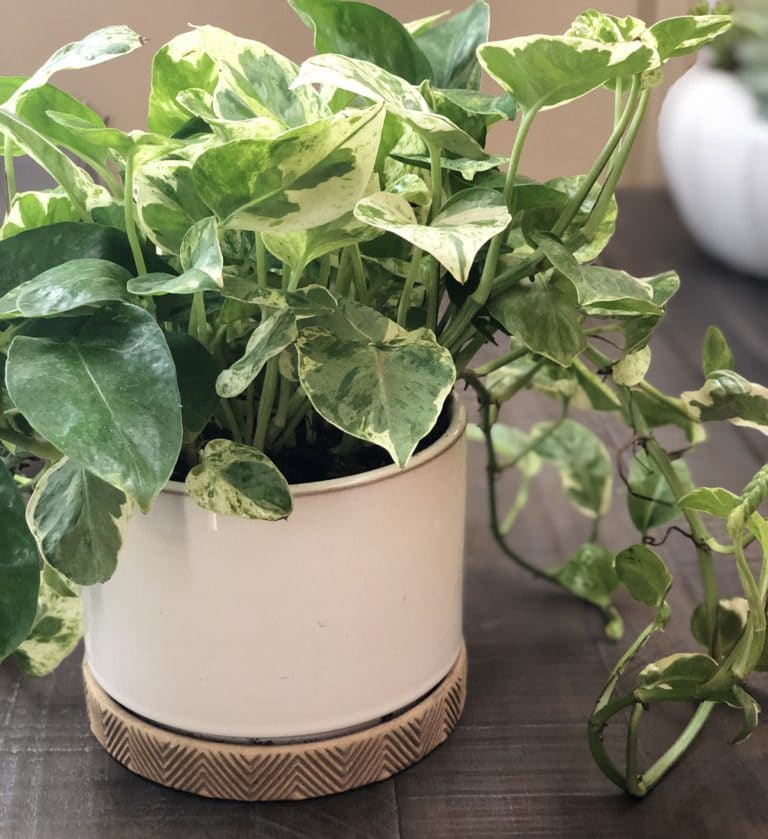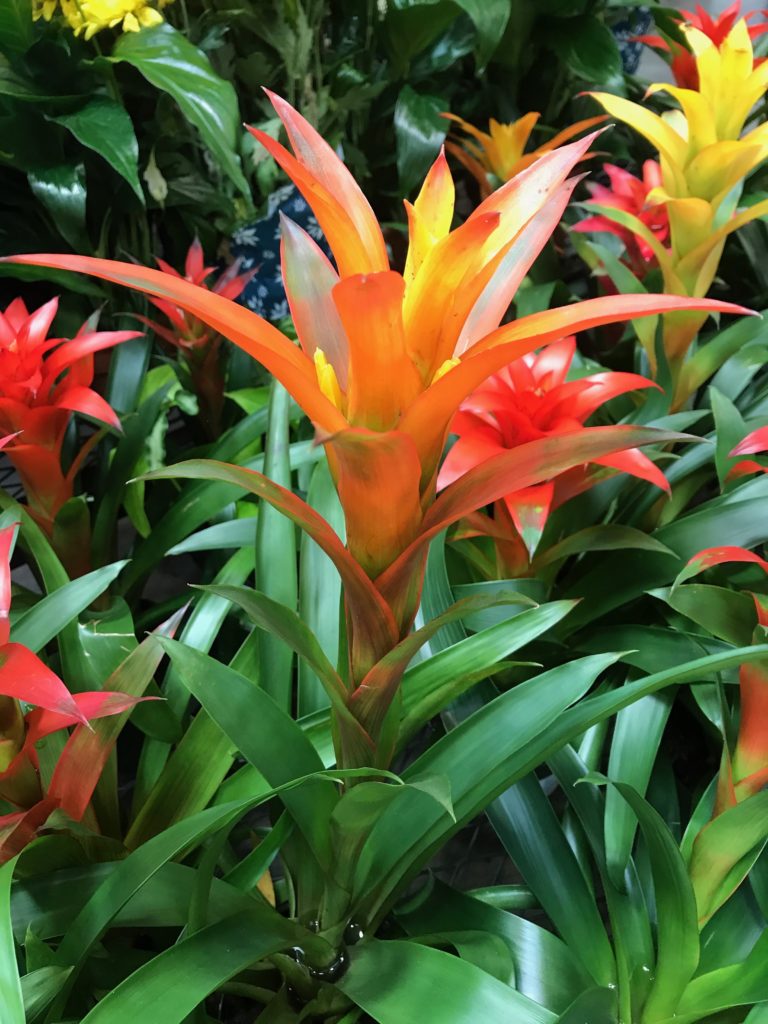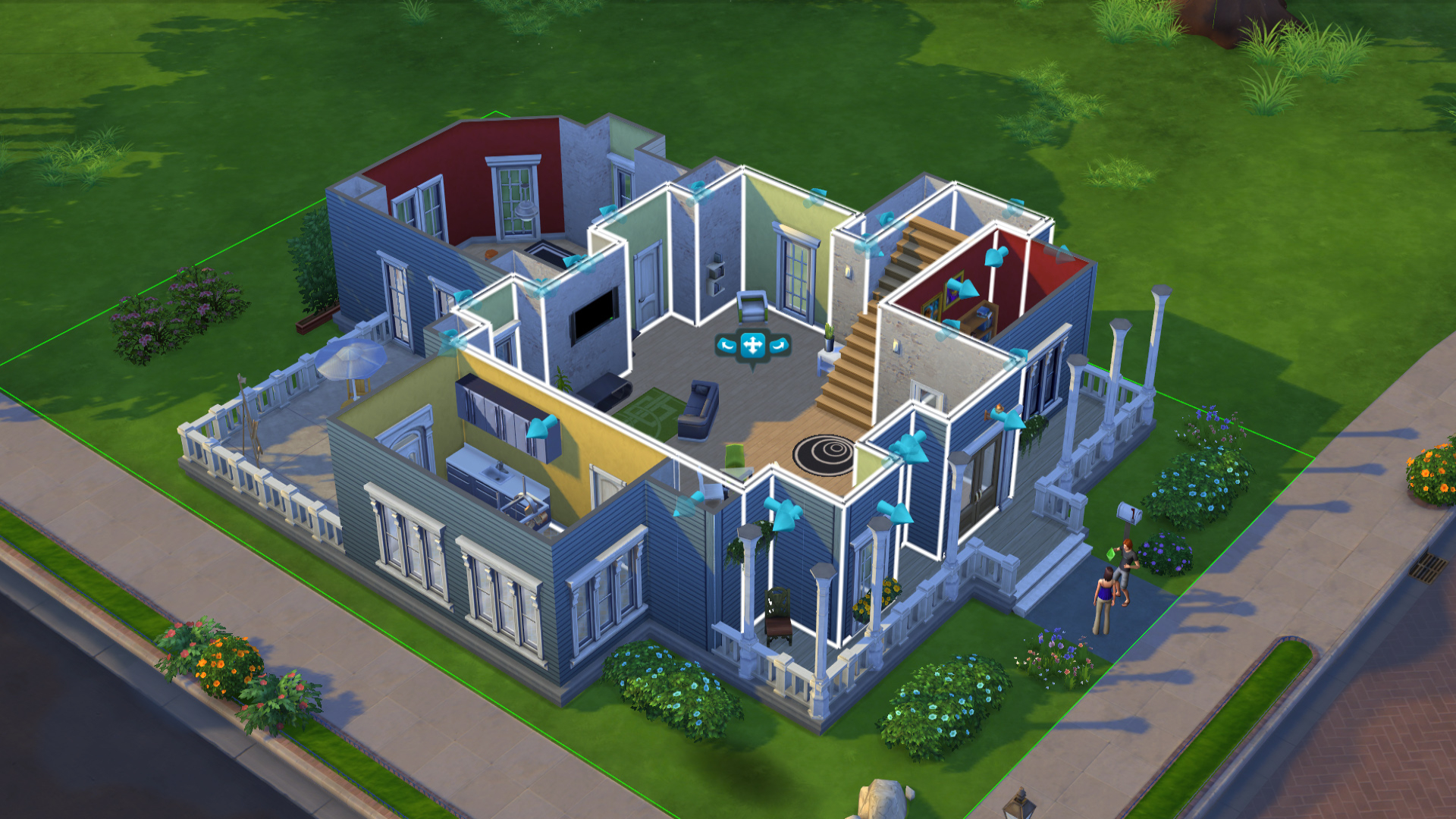Table Of Content

These full-foliage plants resemble small shrubs, making them perfect to fill out space in an otherwise minimalist room. Water only 1–2 times a month, as overwatering can easily kill these plants. One of the most popular houseplants, ZZ plants have been found to remove copious amounts of toxins from the air. For maintenance of mature ZZ plants, prune excess branches and overgrowth periodically. You may be wondering what classifies as a "low light", or even how it's different to "bright light" or "medium light".
Kentia Palm (Howea forsteriana)
This slow grower may become stunted without some bright sun, but it can handle lower light for short periods without showing any signs of struggle. They can handle missed waterings, low humidity, and cold temperatures with ease. Gift to forgetful houseplant parents or place it in your own home office and watch this plant thrive. The second myth is that the plants will thrive or look fantastic 24/7 in low light. Unfortunately, despite the suggestion being repeated across the internet, very few plants (if any) actually prefer to grow in low light indoors.
Satin Pothos
Keep your plant pruned to maintain a pleasing shape but watch out for thorns on the stems when pruning. Water when the soil begins to dry out and periodically mist the foliage with room temperature water to keep the humidity high around the leaves. Asparagus ferns will drop its small leaflets is the air inside your home is too dry. Leafy foliage reminiscent of corn stalks sits atop a thick woody trunk on the corn plant.
Peace Lily (Spathiphyllum Wallisii)
Secondly, the plant will become unbalanced without regular rotation due to these stretching stems. Rotate the pot frequently and move to moderate light if the stems become leggy. Chlorophytum comosum is a popular plant to propagate too as they produce babies along arching stems that look like tiny spiders – hence the name. However, your plant may not produce these in lower lighting conditions.
Learn to grow.

Keep this houseplant in a humid environment, like the bathroom. Another tropical plant, these low-maintenance palms are native to the South Pacific islands. This low-light houseplant is one of the most durable plants you can grow, making it perfect for novice gardeners. For light maintenance, wipe the leaves with a damp cloth once weekly to prevent dust buildup. Here are some pointers to think about when trying to balance your plants' care needs against these sometimes challenging environmental growing conditions.

“Mine are all in an east window or back a few feet from one,” Steinkopf says. Bird’s nest ferns are a good choice for shady spots, as well as any of the footed ferns, such as rabbit’s foot fern. The arrowhead vine, which grows long stems as it ages, loves partial shade conditions. “If you can find the green variety, it can take a low light and will do well in a north window or in the interior of a room, near a window,” says Steinkopf. Tolerating weekly watering and lower light conditions, this plant has feathery fronds at the top that feel like a tropical vacation. Plus, it has multiple stems so it feels extra lush without a ton of extra work.
Pothos and philodendron plants are often mistaken for each other as plants are incredibly similar in appearance and growing conditions. Pothos plants tend to have larger leaves than philodendrons and are covered in a waxy coating. Epipremnum Aureum are typically grown as a trailing vine – reaching 30 feet in length. They have pointed, heart-shaped leaves in shades of green with variegations in white, yellow, and pale green. I cover all the care requirements of weeping figs in this article, to help you get the most out of these large low light houseplants. Contrasting green and pinkish leaves sport a purplish-red underside to brighten up any indoor living space, adding a pop of color to your home’s decor.
of the Best Low-Light Houseplants to Liven up Your Decor
21 Low-Light Indoor Plants That Give Beautiful Results With Low Effort - Bored Panda
21 Low-Light Indoor Plants That Give Beautiful Results With Low Effort.
Posted: Thu, 26 Oct 2023 07:00:00 GMT [source]
Well-adapted to indirect light, Arrowhead plants have a tendency to grow unruly and may benefit from staking or the occasional pruning. Pinch the Philodendron vines from time to time to keep stems looking lush and full. With long and trailing foliage, English Ivy does well in terrariums but is sensitive to root rot, so ensure soil is dry between waterings. Bromeliads are known for their vibrant foliage and big, bold blooms with bright red or yellow flowers.
The low-growing, compact foliage of Peperomia offers a ton of diversity of leaf shape and color. Foliage is its prime attraction, but Peperomia usually produces tiny flowers as well, in dense, small, slender spikes. It makes a great low light houseplant for home bathrooms, as it loves humidity, and some are even good around pets. Both its toughness and handsome foliage account for Aglaonema’s longtime popularity. Its graceful, oblong leaves grow from a central stem; depending on the type, leaves may be solid medium green or splotched with various shades of gray and green. True to its tropical origin, Aglaonema prefers good light and high humidity, but performs admirably well even when both are low.
Allow the soil to dry out a bit between waterings to avoid root rot. The common name of Aspidistra elatior says everything you need to know about its tolerance for less than ideal growing conditions. Called the Cast Iron Plant, or Bar Room Plant, they are incredibly tolerant of neglect and retain their deep green hue under almost any conditions, bar direct sunlight. This slow-growing palm (Chamaedorea elegans) tops out at four feet tall. Its slender stems and arching, feathery leaves resemble those of bamboo, for a tropical interior vibe.
Be sure to allow the soil to dry between waterings to prevent root rot. If you’re living in an apartment or home that doesn’t get much sunlight, it can be hard to get light-loving houseplants and flowers to grow. However, that doesn’t mean you can’t enjoy the beauty of greenery in your home! We’ve rounded up over 30 low-light houseplants that don’t need direct sunlight to thrive — in fact, some of them can even be damaged by direct sunlight.
This is the basis for nicknames such as a bottle palm or elephant foot tree. Watering too frequently actually causes the leaves to turn yellow and drop. Considered easy to care for, spider plants grow in a range of conditions and suffer from very few problems. Brown tips can be a bit of an issue at times, but are easily avoided if you follow the advice in this article.
Paper plants rarely flower indoors due to lower light conditions but will develop clusters of small white flowers under the right growing conditions. Depending on the variety these plants can grow from 2 feet tall and 2 feet wide to a 5 feet tall and 5 feet wide. This large low light houseplant can really make a statement in your home if you let it grow to its full potential.
A great gifting plant, the Peace Lily will survive with less light while maintaining its glossy green color. The arching leaves of the Spider Plant are bound to catch anyone’s eye, even in a dark room. Keep in mind that soil dries out much slower in without bright, indirect light. Always check the soil before watering to avoid waterlogging and root rot.
Because of their water-storing abilities, Ponytail Palms are easy to care for, require minimal watering and thrive in low to bright, indirect light environments. Now that you know how to take care of your low light houseplant, it’s time to look at the best plants that require low, indirect light. Characterized by attractive, colorful bracts (similar to leaves), many bromeliads do fine in low light. Allow the soil to dry out completely between waterings, and then apply water directly to the center “rosette.” Fertilize twice a year with half-strength orchid fertilizer.












